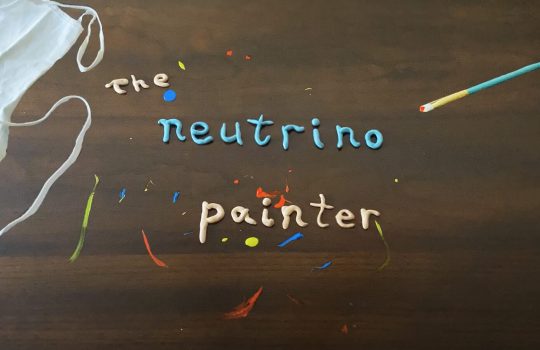Usa, un’italiana a capo del progetto per il computer più potente al mondo
- quantum computing
- quantum information science
- quantum science
- quantum sensor
- SQMS Center
- Superconducting Quantum Materials and Systems Center
From Affar Italiani, Aug. 28, 2020: Anna Grassellino dirigerà i lavori per la costruzione del super computer quantico. Si potrà svelare il mistero della materia oscura nell’universo


